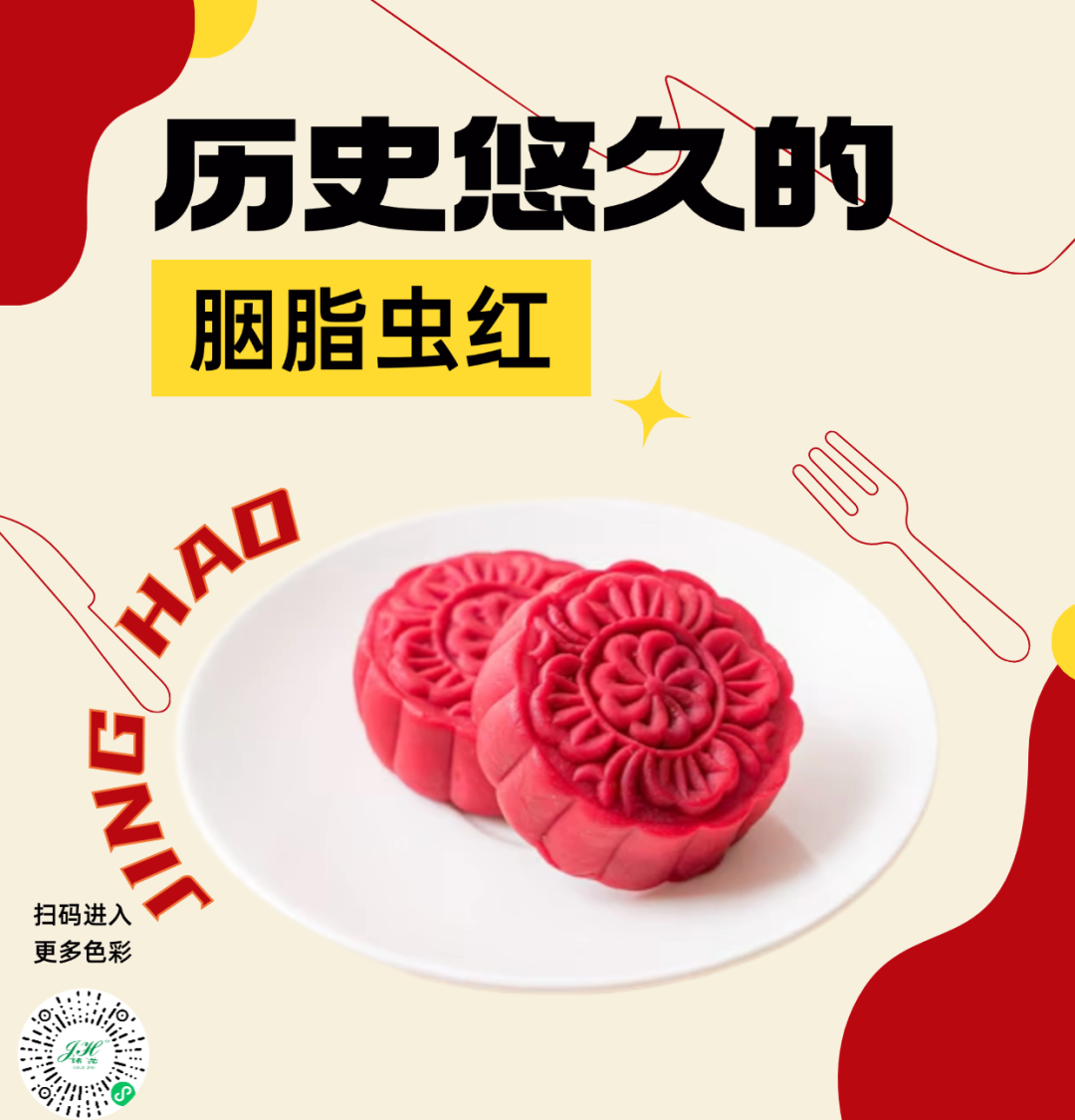

In the 4th century BC, certain individuals in Britain utilized madder pigment to tint wine. In 221 BC, people in the Eastern Zhou Dynasty of China employed madder and gardenia to prepare dye. This indicates that humans have acquired the knowledge of using natural pigments for food coloring since ancient times.
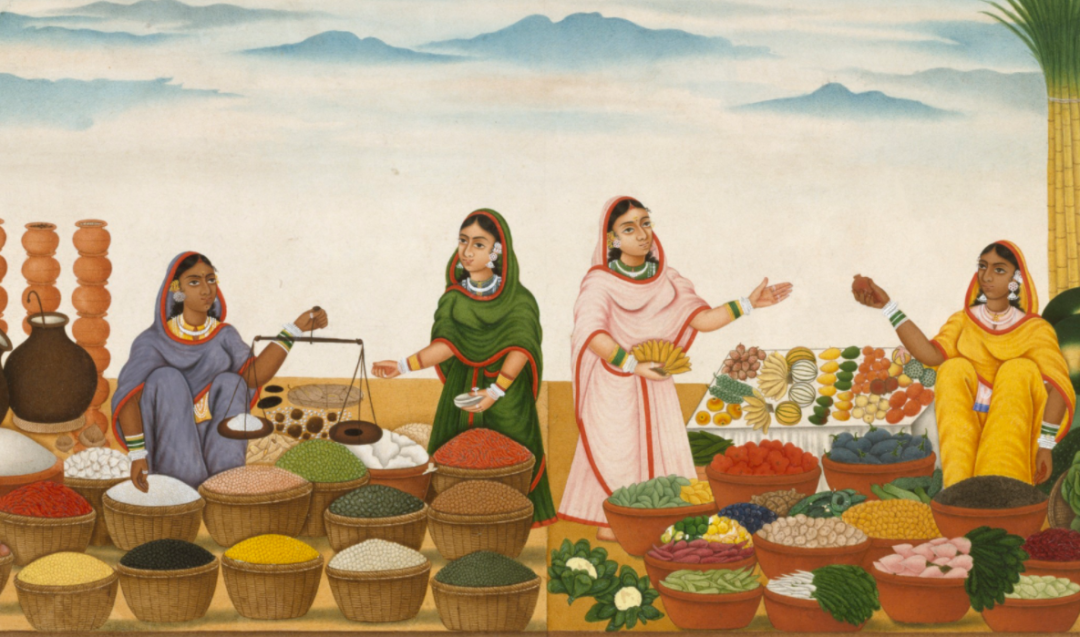
Today, natural pigments have dominated the food coloring market and are expanding at an annual growth rate of 10%. For instance, the United States utilizes more than five times the amount of natural colors compared to synthetic ones; In Japan, there are dozens of factories that produce hundreds of varieties of natural pigments, and approximately 20 are commonly utilized. China has also developed dozens of natural pigments from different sources. In the state promulgated and implemented GB 2760 " National Food Safety Standard for the Food Additive Use", more than 50 types of natural pigments are listed, among which Carmine cochineal is one with a relatively long history.

During the prolonged course of human history, insects have never been absent and have influenced human civilization and development in a distinctive manner.
The utilization of cochineal has a lengthy history that can be traced back to the America - the Aztecs, who lived in the fourteenth century, carried on the tradition of their predecessors by crushing female cochineal to produce a deep red dye that retained its vivid color for several decades or even centuries.
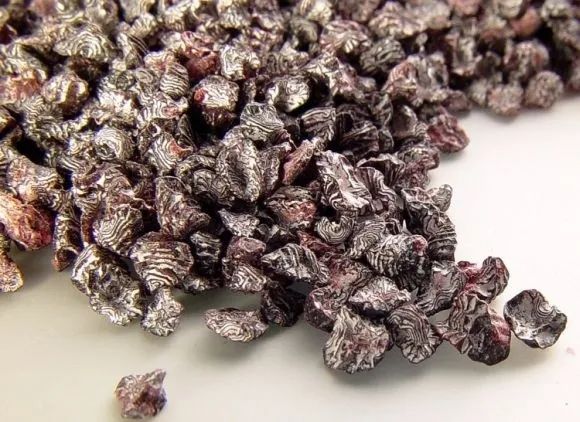
In 1599, the respected resident of Mexico City, Gonzalo Gomez de Cervantes, noted that Spanish were equally eager for high-quality cochineals as they were for gold bars. By the 18th century, carmine dye had become a hot-shot export product from Mexico, second only to silver in economic value.
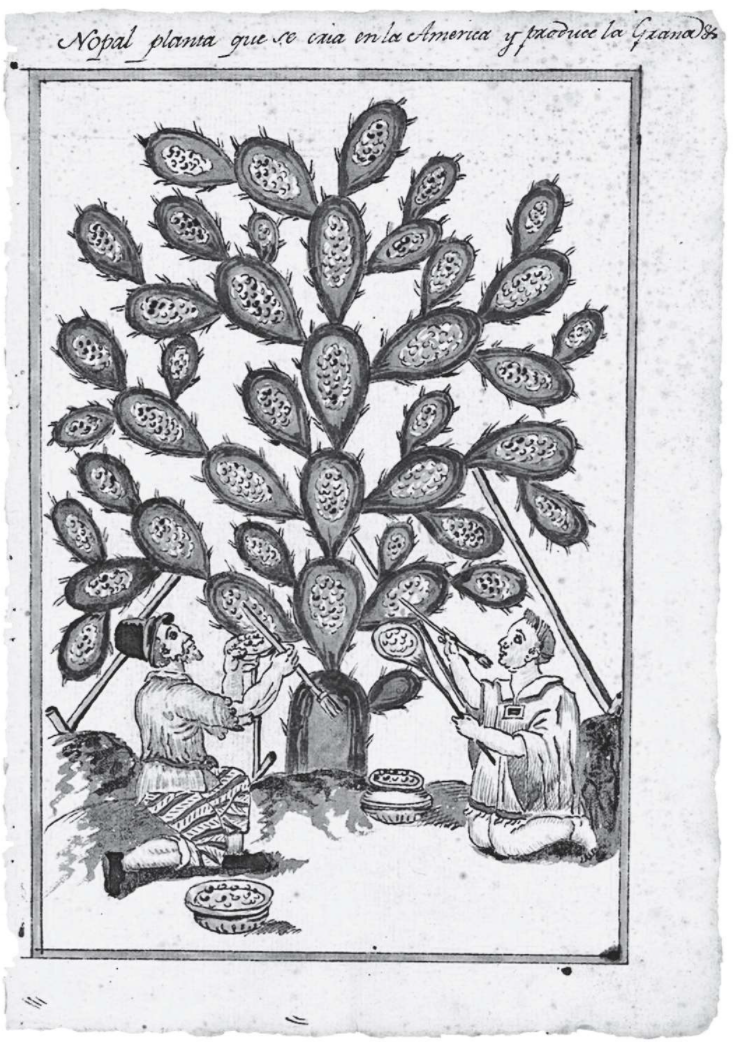
The French botanist Nicolas-Joseph Thiery de Menonville has published a remarkable travelogue, Voyage a Guaxaca, depicting his search for the precious cochineal in the heart of Spain's American colonies. From the beginning of the Spanish conquest of the Atlantic, cochineal achieved tremendous success in the European market.
It can be observed that the preference for carmine cochineal by ancestors has a long history.
。
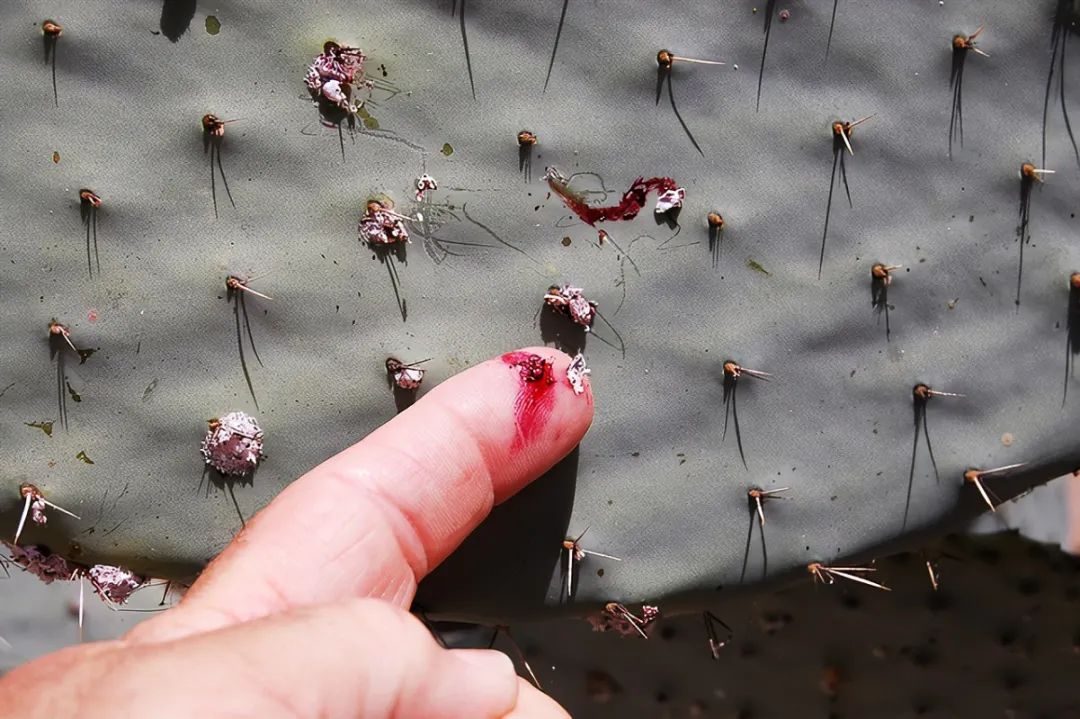
Carmine cochineal is a red pigment extracted from the female cochineal parasitizing on cactus plants. It is a red pigment obtained by grinding the dry bodies of female cochineal and using water. The main component is cochineal acid (also known as carmine acid), which is an anthraquinone derivative. Currently, Jinghao produces three types of cochineal red: liquid, powder, and acid-resistant products.
The product quality standard "National Food Safety Standard Food Additive Cochineal Red" (GB 1886.315-2021) has fixed sensory, physical and chemical indicators, and the specific reference is as follows:

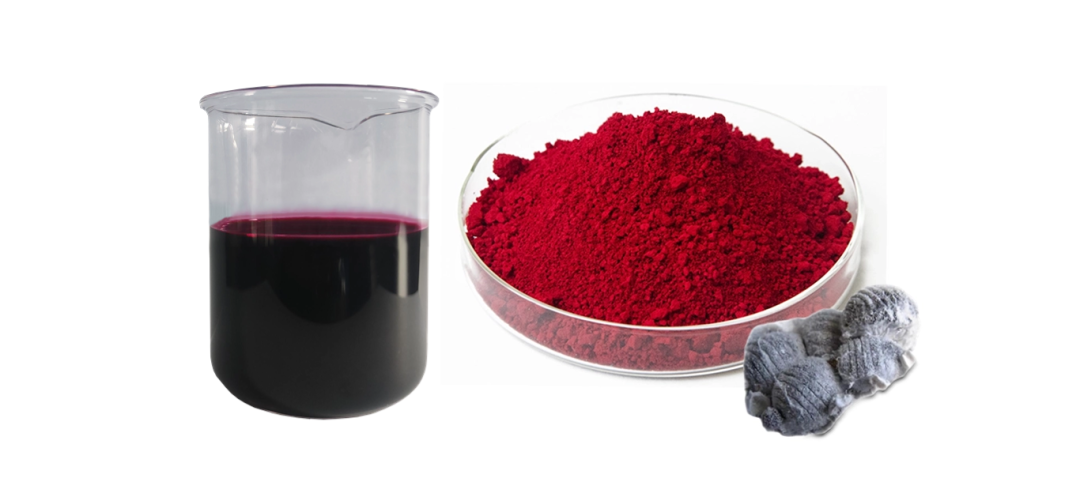
Carmine Cochineal pigment is an outstanding edible natural red pigment. It appears bright purple red in a weakly acidic or neutral environment, but its hue alters under alkaline conditions. At a pH value of 5.7, the maximum absorption peak is found at a wavelength of 494nm. Its excellent PH stability and high temperature resistance, coupled with its special natural origin, make it one of the hallmarks of high-end products.
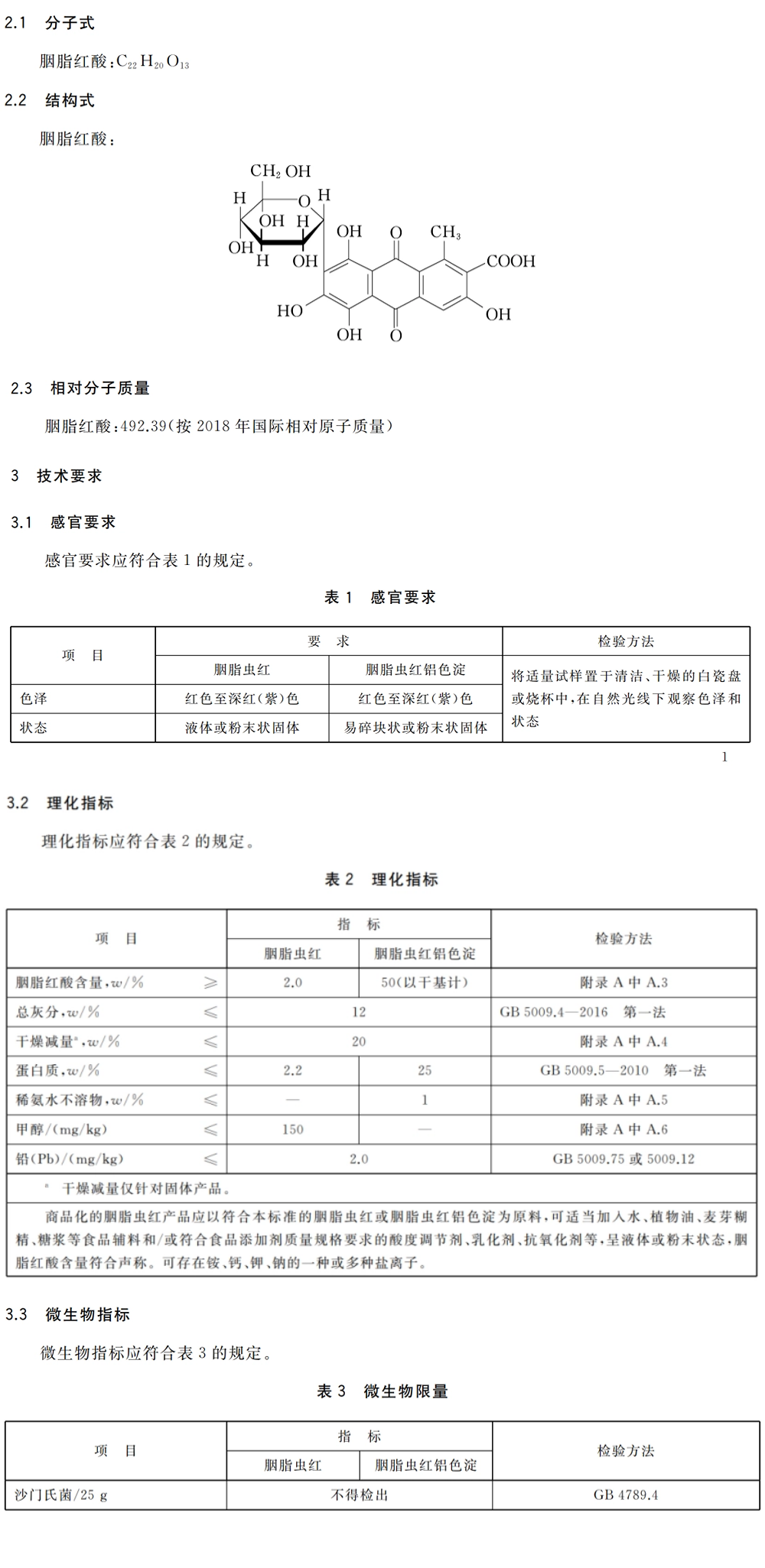
As a food additive, carmine cochineal is widely employed in the coloring of prepared meat products, cooked meat products, jams, pastries, frozen drinks, puffed food, etc. As a natural pigment, it not only meets people's demands for health but also enhances the appearance of food.
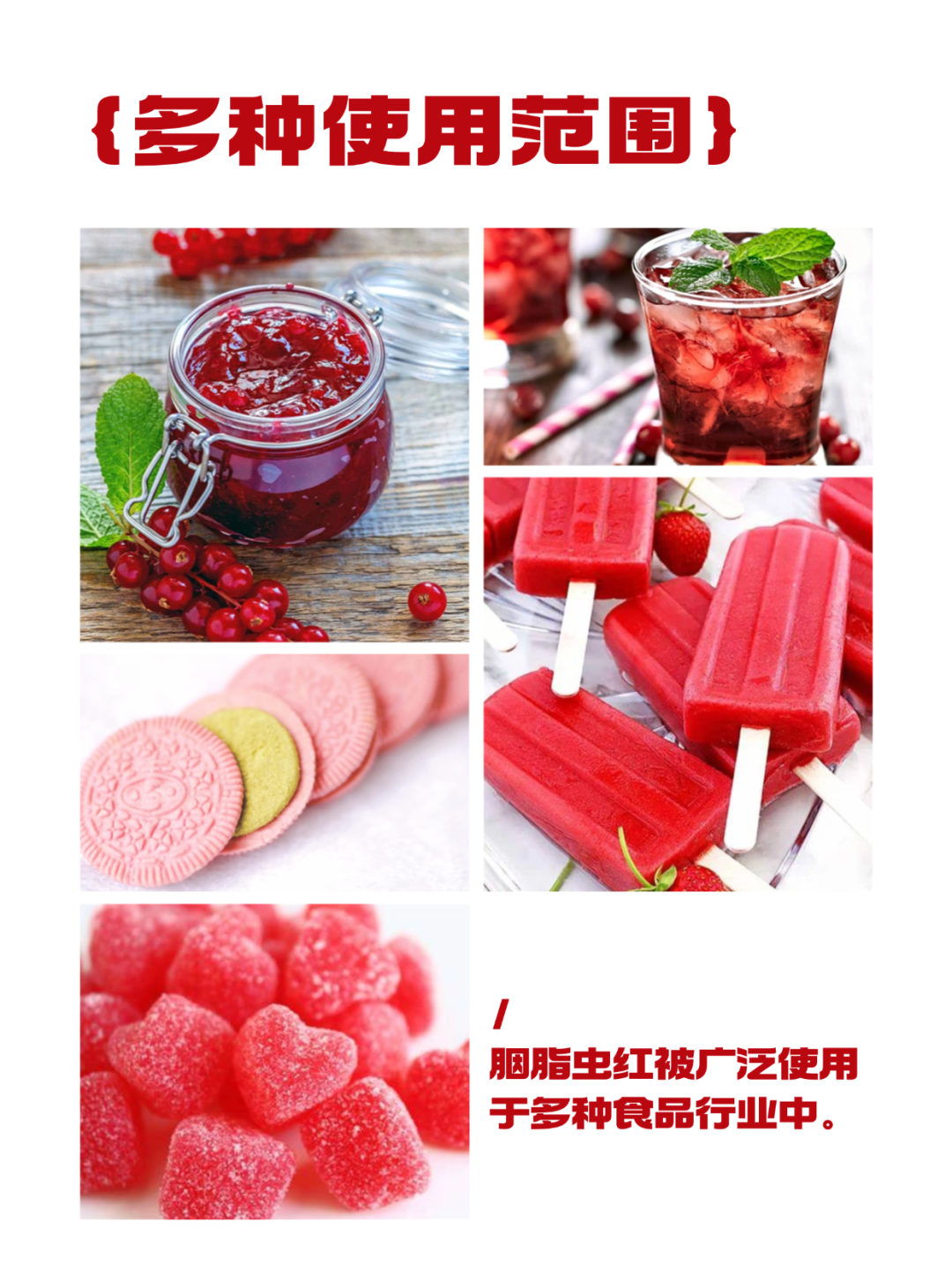
Its specific use industry categories and usage refer to the relevant provisions of the "GB2760 National Food Safety Standard for Food Additive Use Standard". Refer to the following table for specification:
(上下滑动查看更多)

More other food industry colors can be customized according to demand. For more relevant information, welcome to click below to enter Jinghao Mall:




Hot search label:
Carbon black、 Gardenia yellow、 Curcuma longa、 Natural carotene、 Tripotassium glycyrrhizinate、 Carmine、 Compound colorant、 Complex customizationZhuhai Jinghao Biological-tech Co., Ltd 粤ICP备20042151号